|
How To Be Human
by Ruby Wax Published by Penguin Books We’ve done a lot of reading here in the Happy House this winter and one book which has truly enhanced our bookshelves is this. It sounds like the set up for a joke: what do you get when you combine a stand-up comedian, a neuroscientist and a monk? Well, when the comedian is Ruby Wax, who set aside a career in laughter to take a masters degree in mindfulness therapy and campaigning for better mental health provision, the results are funny, insightful and inspiring. We’ve learned a lot about the power mindfulness has to bring happiness and calm through the thoughts and practical exercises in this brilliant book. The theory, the science and the spiritual dimension of how we can set ourselves free of stress are explained here with depth but also with humour. Ruby covers evolution, thought, emotion, addiction, relationships and compassion. A great read. Ian Scott Massie March 2022
0 Comments
An Introduction to the Spring Equinox Spring Equinox, also known as the Vernal Equinox or Ostara, is calendared falling March 21st-22nd each year. It signals the great reawakening of the Earth and the birthing of new life. At Imbolc the sap starts to rise and there is a quickening and swelling and a promise of life is visible in nature. At Ostara growth and life explodes into action. The word Equinox means equal night and is the moment of night and day in perfect balance. Vernal means of Spring and so the Vernal Equinox marks the first day of Spring. Ostara is the pagan name for this Equinox and is part of the yearly cycle of festivals observed as part of the Wheel of the Year. The Wheel of the Year is anchored around four main annual, cross quarter point, solar events, Spring and Autumn Equinox and Summer and Winter Solstice. This cross symbology event in this wheel has been templated onto the hot cross bun, eaten at this time of year. At Spring Equinox, the equator of the Earth is directly overhead at noon and moves through the centre of the disc of the visible sun. This is known as the First Point of Aries. A new astrological year begins as the Sun moves into the first zodiac sign, Aries. There is a huge shift in energy into the masculine, the Sun heats, instigates and motivates us into trailblazing action, autonomy and the light half of the year, the seasons of Spring and Summer. Symbolism in the Spring Equinox
Gods/Goddesses The triple Goddess returns as the Maiden from her winter Crone slumber in the underworld belly egg of the great Mother Goddess Gaia (the earth) at the Spring Equinox. The primary maiden goddess associated with this Equinox is Ostara, also known as Oestre, Eostre or Eastr. She is the Germanic Lunar Goddess of the Dawn and Spring, who is often depicted as part hare or holding a hare, the power animal of regenerative and cyclical shapeshifting which moves through birth and death, like the moon, and so is a totem of eternal life. She can also be seen as holding a willow basket of eggs, symbolising the potentiality, nourishment, birth and the time when animal’s sexual cycles are most fertile and we can make connections with estrogen the ovulation stimulating hormone. Pagans celebrate the sacred marriage of the Sun God and the maiden Goddess who conceives the Divine Child at this festival which she will birth as the Great Mother at Winter Solstice. It is possible to see the appropriation of this festival by Christianity Easter, the death and resurrection, rebirth, of Christ, the Light. Easter occurs on the first Sunday after the first full moon after Spring Equinox. The hare has become the Easter bunny in modern day celebrations. Colours Colours of this festival are pink, green and yellow and so connecting with crystals which carry the frequency of this is useful. Rose quartz especially. Plants TREE: BIRCH Purity – Renewal – Hope Elegant Birch, comes into leaf in early Spring, a herald of the vernal equinox and of Ostara/Easter. Appositely, Birch twigs were used to make besom brooms. A new broom sweeps clean, as the saying goes, and this is particularly significant for the new life, fertility and fresh beginnings that is the promise of Ostara. The graceful character of Birch, also called the Lady of the Woods, belies its hardiness. In fact, it is known as a pioneer tree because of its capacity to thrive in the most inhospitable of places; often the first tree to return to a woodland after some natural disaster has befallen. This elegant, native tree has become rooted in the fabric and history of our islands. For instance, Beating the Bounds was an ancient custom, still practised in some parts of Britain, where bundles of birch or willow twigs were used to tap on landmarks along the boundary of the Parish, formally establishing and preserving the boundaries. The protective qualities of Birch were also employed in making cradles for new-borns, in the belief that the wood shielded babies from malign spirits and would thwart any attempts by the faery folk to steal the baby and replace it with a changeling. During a less enlightened part of our history, being ‘birched’ was synonymous with the widespread practice of corporal punishment (using bundles of twigs) applied to unfortunate school children, criminals and sea-farers. Happily, times have changed! PLANT: VIOLET Venus – Loyalty – Love The Spring equinox is the flowering time of year, even the full moon in May is known as the Flower Moon. An entrancing, but oft overlooked wildflower appearing at this time of year is the Violet; a dainty addition to grassy banks and woodland edges. If you come across fragrant flowers, then you have found Sweet Violets Viola odorata. If scentless, then it is likely you have discovered Common Dog Violet Viola riviniana. In fact, a common myth surrounding Sweet Violet is that, as you inhale the fragrance, the flower steals away your sense of smell, leading to the saying ‘You can only smell violets once.’ If you should have this experience, don’t be alarmed, the effect is only temporary, due to active compounds in the plant that de-sensitize the smell receptors in your nose. Violets have been popular additions to British gardens since Mediaeval times. In the symbolism of this period, they were linked with Roses and Lilies as the flowers of Paradise, and were put to many fascinating uses. For instance, a floral water made of boiled Violets came highly recommended for ‘diseases of the groin’ and a rather more delightful sounding pudding recipe called ‘Vyolette’ was made from the flower petals, milk and almonds. Most folk-tales associated with this charming flower are positive ones. Dreaming of Violets is particularly good news, believed to indicate you are about to come into good fortune. Sweet Violets, along with their deep green heart-shaped leaves, have many links with love and romance and are forever immortalised in the Valentine’s rhyme ‘Roses are red, Violets are blue’. They also crop up in the love story between Napoleon and Josephine, being the lady’s favourite flower and, on Napoleon’s death, a lock of Josephine’s hair and some pressed violets were found in a locket around his neck. Rituals to do at Spring Equinox
Spring cleaning your home Life audit and assessment make plans for all areas of your life Write a prayer or poem or creative a celebratory piece of art of gratitude for the Earth
Planting seeds with the intention of abundance and manifestation for herbs, vegetables, flowers you can use during autumn and winter Standing again at tree trunk to receive the rising lifeforce energy flow Love making
Hanging prayer flags or streamers in trees of your garden to harness the energy Creating an altar themed around the colours, mythos, energies and symbols of the festival Egg painting |
AuthorJosie Beszant and/or Ian Scott Massie, both artists from Masham North Yorkshire, Uk. Archives
May 2024
Categories |
Happy House Masham, 24, Market Place, Masham, North Yorkshire. HG4 4EB

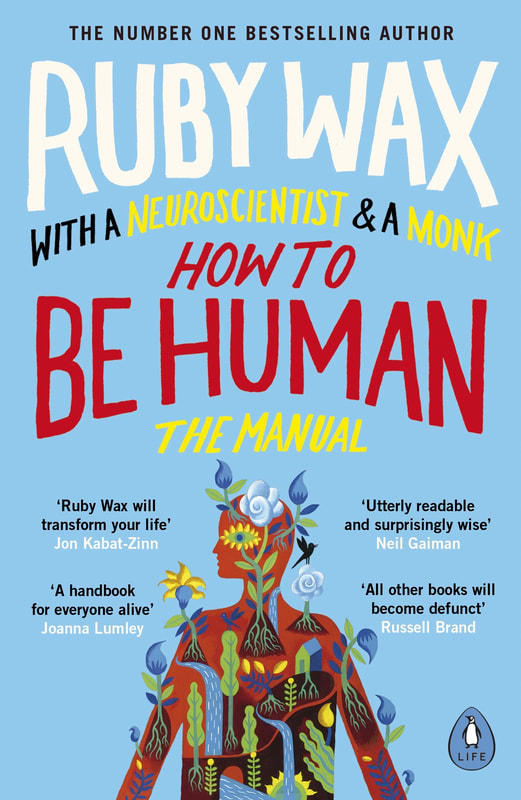
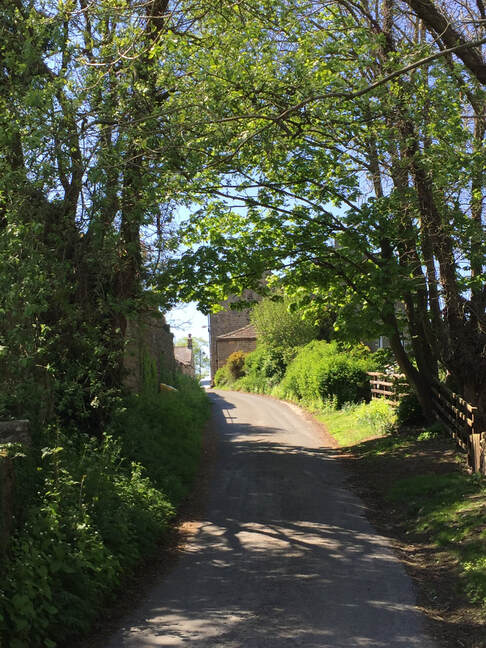
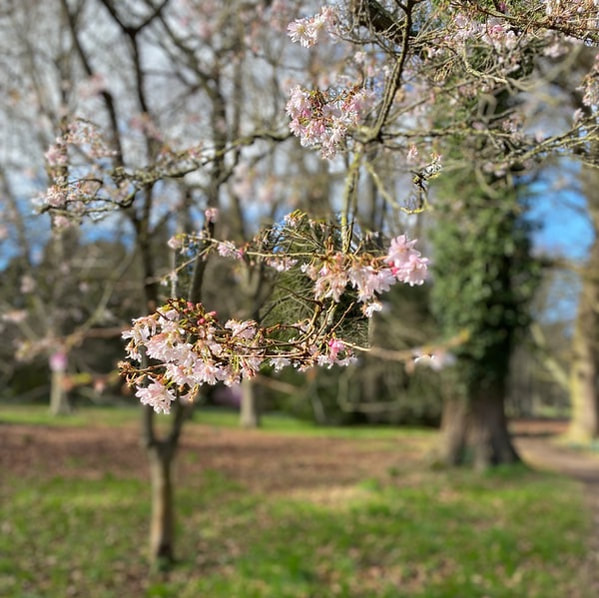
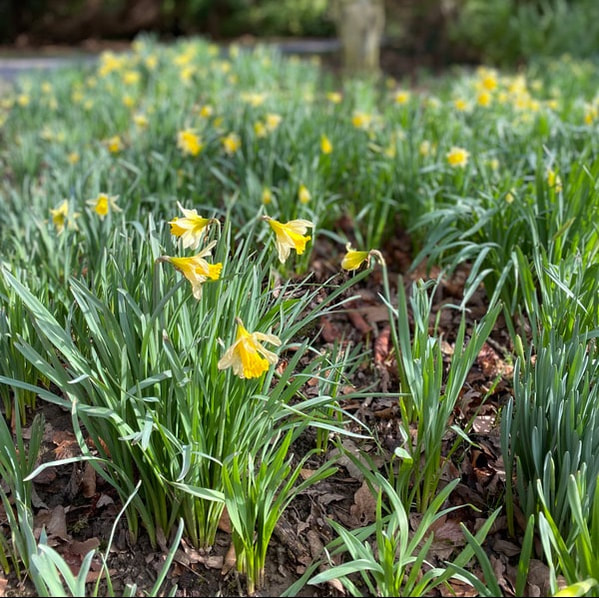
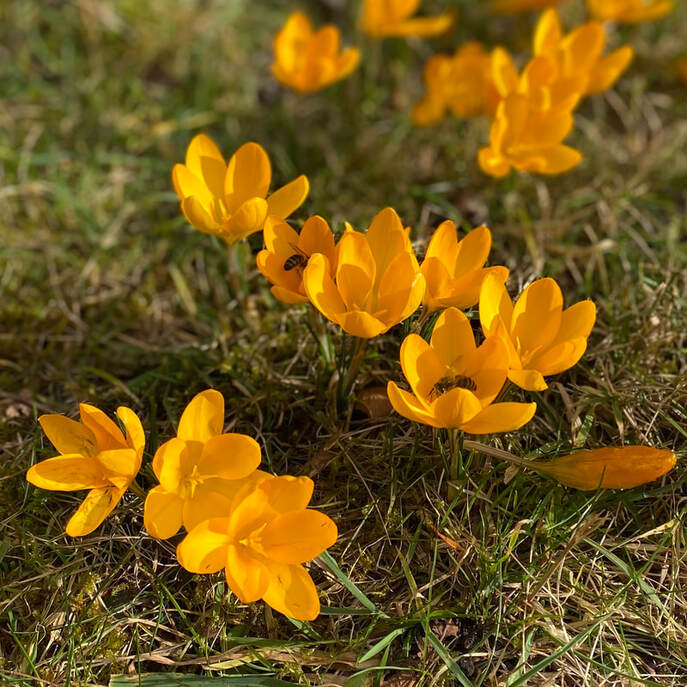
 RSS Feed
RSS Feed